This article is reproduced from the public account autocarweekly
Author: Li from Financial Street
Looking back at this year’s Shanghai Auto Show in ten years, it may have epoch-making significance.
Mercedes-Benz, BMW and other traditional luxury car brands showcased their intelligent electric vehicles carrying the direction of the next era’s strategy and technological foresight, while Chinese car companies determined to overtake in electrification and intelligence also unprecedentedly invested huge manpower and financial resources in the field of luxury intelligent electric vehicles. Whether it’s Hongqi, Gaohe or the high-end brands of many traditional car companies, they have already started running in pace with international brands at this point, and even taken the lead.
Change means reshaping and opportunity. Looking to the next ten years and the next era, what will Chinese luxury electric vehicles look like on the golden track? How will they establish their superior position among homogeneity? Each brand is answering this open-ended question in different ways.
Please get on board for China’s high-speed train
Once the door of industry transformation is opened, it is often unstoppable. There is an indisputable fact that before the new Fourth Industrial Revolution, the automotive industry, as the world’s largest and most important civil industry, had barely changed for more than a hundred years. Compared to the consumer electronics industry, whose product cycle is one to two years, the product cycle of cars is too long, causing hardship for consumers.
Zhang Lei of Hillhouse Capital once said that an industry that has not changed for a hundred years will either disappear or undergo a thorough transformation. The automotive industry belongs to the latter. After more than 130 years since the birth of the automobile, in the third decade of the 21st century, the automotive industry finally ushered in the wind of change. The combination of electrification and intelligence has made this round of change more thorough. Although the technology is not yet mature, it is a trend that is developing rapidly and irreversible.
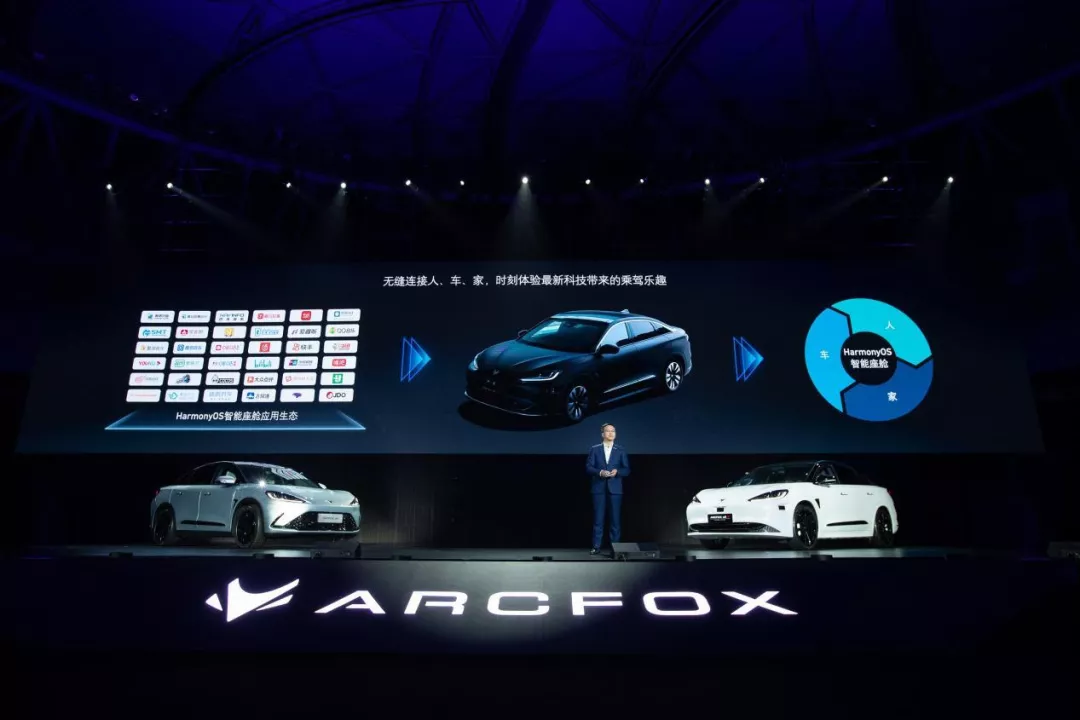
Electrification fundamentally changes the product structure of the automobile, eliminates the core components of gasoline-powered cars-the engine, and the three-electric system accounts for more than 50% of the cost structure of electric vehicles, redefining vehicle performance; intelligence is grafted onto mature mobile Internet technology, giving cars more connotations and extensions, and making cars like a smart terminal similar to smartphones, redefining the attributes of cars.
Technological progress is the catalyst for driving this round of automotive industry transformation, but from a long-term perspective, the driving force that can continuously advance the industry into a virtuous cycle only comes from user needs. From a higher perspective, user needs are essentially needs for the progress of human civilization.
Just as humans are chosen by Darwin’s theory of evolution, the development of intelligent electric vehicles is also the result of user choice. After Tesla emerged, intelligent electric vehicles were recognized and chosen by users. Tesla did not revolutionize the automotive industry, but allowed the automotive industry to gain new vitality in the process of transformation, and iterated a new round of industrial cycle for intelligent electric vehicles.“`
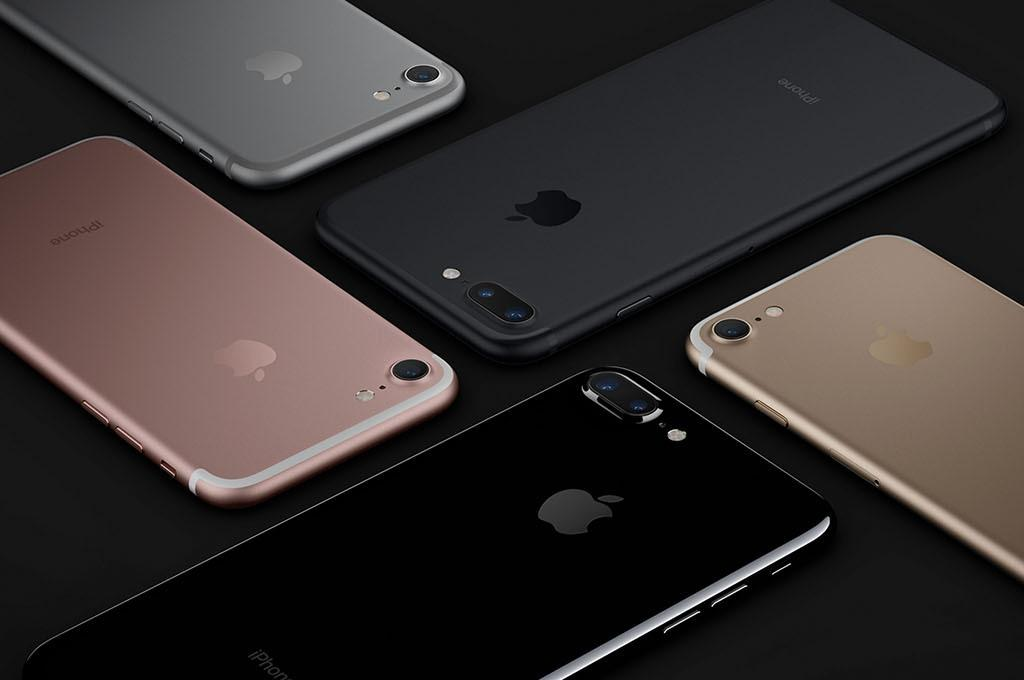
History tells us that it is often innovative brands and entrepreneurs with revolutionary ideas who explore the direction for an industry, paving the way for larger players to follow suit. Those who keep up will thrive, those who don’t will fall behind.
When the West’s Steve Jobs sparked a revolution with the iPhone, the East’s Lei Jun quickly responded with his own version. However, it was actually a few big players who were already established in the mobile phone industry, such as Samsung from Korea and Huawei from China, that led the transition of the entire industry from old to new. Nokia and Motorola failed to keep up and became the victims of the times.
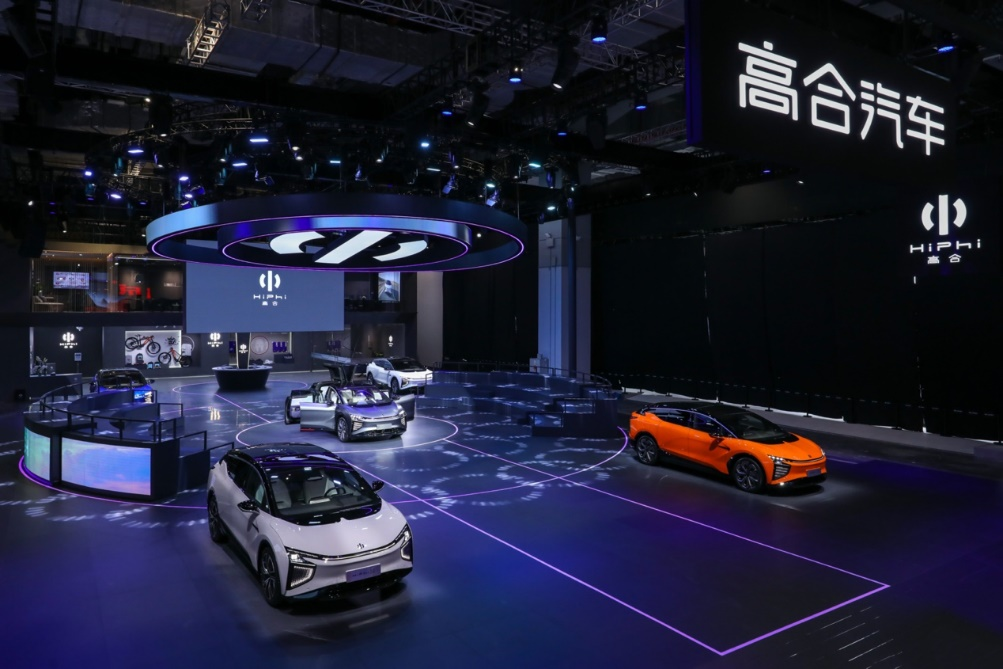
Smart electric cars are experiencing the same industry pattern now. A hundred flowers have bloomed, especially in the luxury smart electric car market, where competition is fierce. New forces like Tesla, NIO, and GAC Group have firmly established themselves in the market, while traditional luxury car brands have rethought their strategy, making the cruel reality of industry iteration evident in the evolution of traditional cars into smart electric vehicles.
A path that is less lonely the further you walk
The reconstruction of the core elements of the trillion-dollar automotive industry behind the transformation includes the reconstruction of supply chain by electrification and intelligence, the transformation of direct sales/charging methods on traditional dealer networks, and the impact of the above changes on organizational structure and human resources. No matter how upstream changes, designing models that define the future for the next few years has become a crucial task for both traditional and emerging luxury car brands.
From this year’s Shanghai Auto Show, it’s clear that there’s no consensus among luxury car brands regarding the definition of luxury smart electric cars, and there are even significant differences. But there is one thing that cannot be denied: when it comes to defining the luxury smart electric cars of the new era, Chinese brands have caught up to foreign brands.
Below, let’s take a look at how major luxury car brands define luxury smart electric cars priced at over 500,000 yuan with Mr. Li.
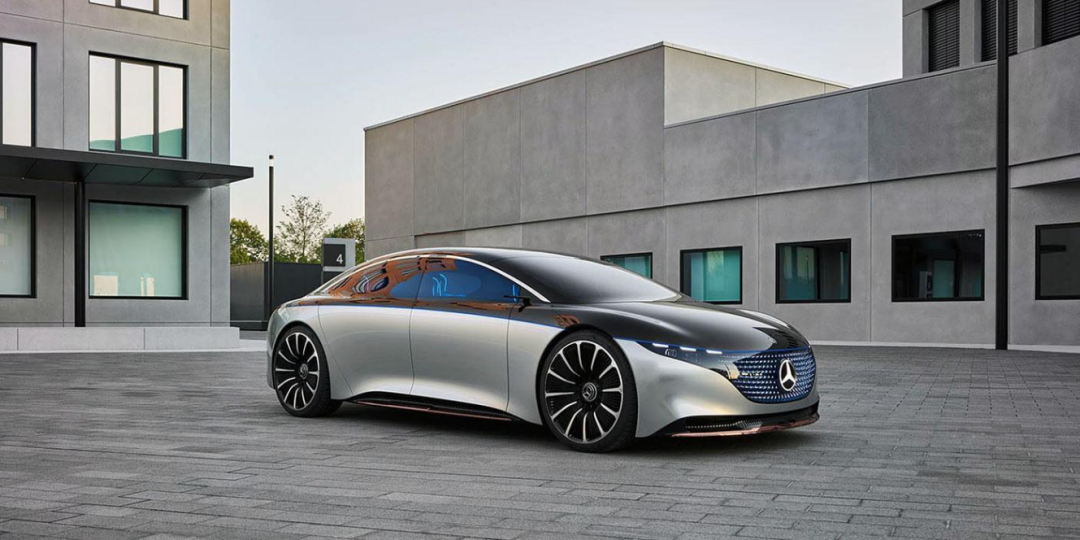
The representatives of traditional luxury car brands are BBA. Although all three companies are European luxury brands, they differ greatly in the definition of luxury smart electric cars.
“`Mercedes-Benz is the fastest growing traditional luxury brand in recent years, and it thrives in the Chinese market. From the current situation, the logic of Mercedes-Benz in building luxury smart electric vehicles is similar to the logic of localization of fuel vehicles, that is, pursuing products that are reliable, luxurious, and comfortable.
At the Shanghai Auto Show, Mercedes-Benz’s flagship smart electric vehicle EQS, with a range of more than 800 kilometers under CLTC conditions, is equipped with the latest MBUX Hyperscreen intelligent system. The Mercedes-Benz family’s “Star” grille decorative elements, fuel vehicle-style headlamps, and advanced intelligent cockpit are all retained, and the original ecological luxury and comfort of Mercedes-Benz are fully displayed. However, like many new forces, this car cannot be delivered in the short term.
Audi’s philosophy is quite different from Mercedes-Benz, as it focuses more on product sports performance. As Audi’s flagship pure electric model, the appearance and interior of Audi e-tron GT have a strong sports color, and its sports performance is also outstanding with a 0-100 km/h acceleration in 4.1 seconds. Perhaps too much pursuit of performance, the e-tron GT has a range of 500 kilometers under WLTP conditions. In the view of Lao Li, this is a pure sports electric vehicle, which seems to cater only to a small part of Chinese consumers.
Before the Shanghai Auto Show, BMW also released its flagship pure electric vehicle iX. Compared with Mercedes-Benz and Audi, BMW seems to have learned the true essence of Tesla-simplicity. Its appearance has no fancy elements, and the interior cancels the traditional center console, and the space between the driver and front passenger is connected. 50% of the physical buttons are also removed, which is a design that young consumers like. Like the e-tron GT, the BMW iX has a range of 500 kilometers under WLTP conditions.
Compared with the three European powerhouses, Cadillac, which is of the same family as Tesla, is much more radical in defining luxury smart electric vehicles. The all-new flagship electric concept car LYRIQ from Cadillac left a deep impression on the industry. Some of Lao Li’s friends commented on LYRIQ that Cadillac is launching a total offensive on the road to electrification. Although this model developed based on the new Ultium platform of General Motors has not announced its performance indicators such as range and acceleration, referencing the newly released Hummer EV of the same platform, LYRIQ’s product competitiveness is at least first-class level.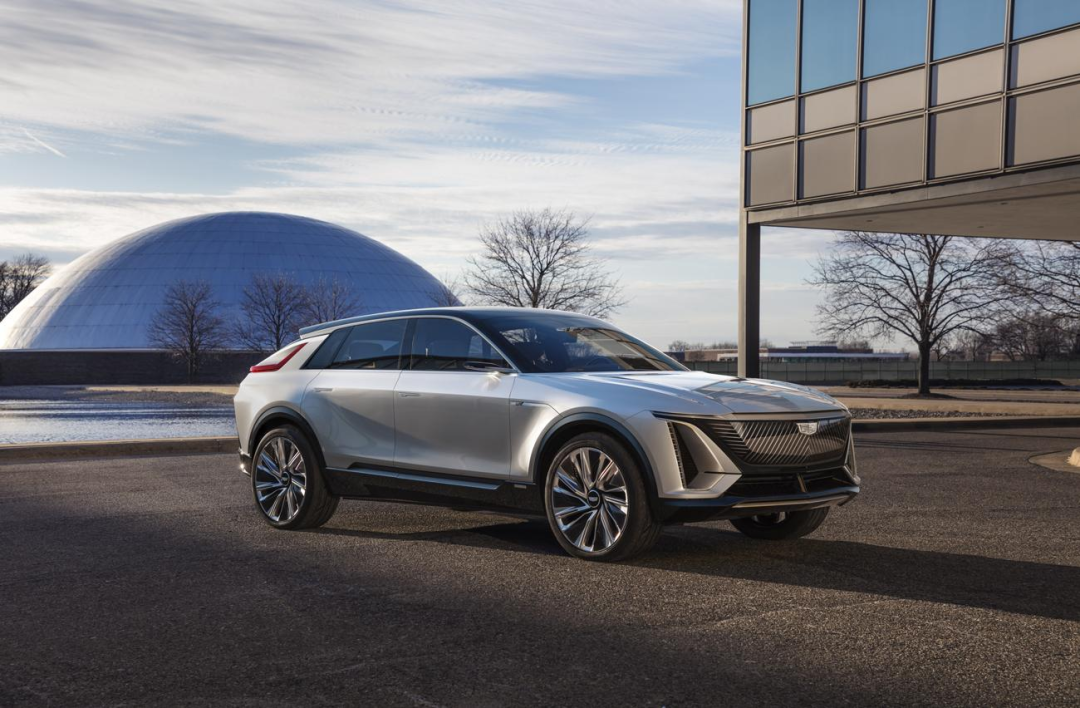
China is at the forefront of electrification and intelligentization globally. At this year’s Auto Show, it was evident that the production progress of Chinese luxury and intelligent electric vehicles has surpassed that of traditional luxury brands overseas. While overseas brands are introducing concept cars or “planned cars”, the mass-produced models of Hongqi E-HS9 and Human Horizons HiPhi X have already been introduced to consumers. Responding to the demands of the general public, HiPhi X will be officially delivered in May.
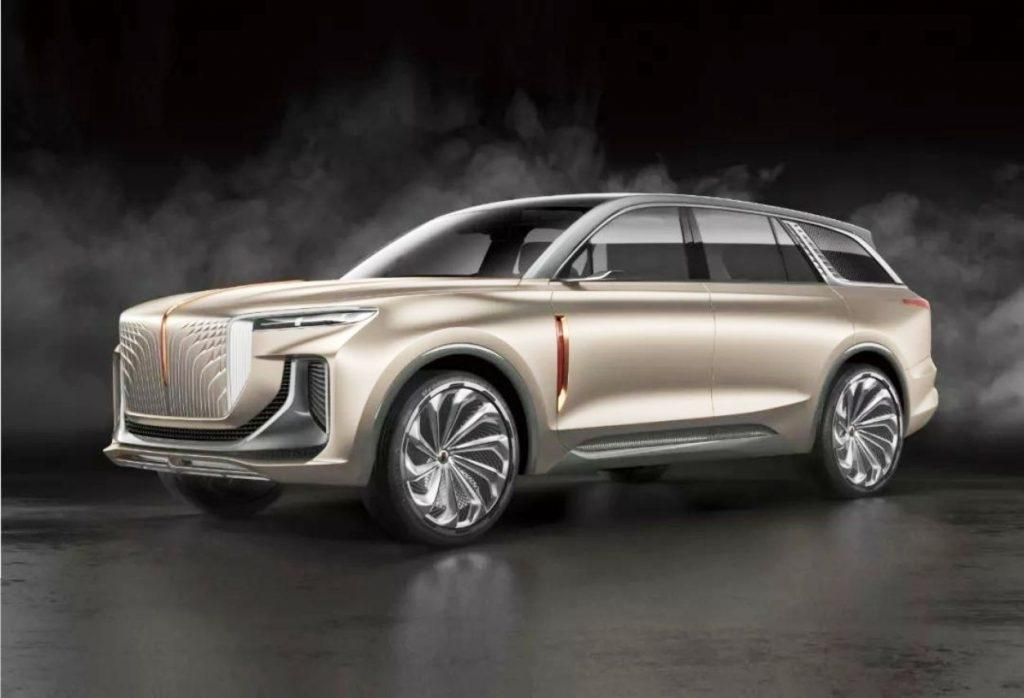
As a symbol of the times, Red Flag E-HS9 inherits the classic design style of Red Flag. The tail design also draws elements from the Tiananmen Gate. The central console is a combination of a full LCD instrument panel and a central control display screen. As for the range, E-HS9 has a maximum NEDC range of 510 km. It is not easy for a large SUV measuring 5.2 meters in length to achieve this level of range.
In contrast to Red Flag, another luxury brand HiPhi has a different product strategy. It balances users’ pursuit of performance and space. The HiPhi X has a range of up to 630 km and an acceleration of 3.9 seconds per 100 km. As for space, HiPhi X has a car body length of 5200mm and a wheelbase of 3150mm, creating a sports car SUV form that possesses the acceleration of a sports car and the practicability of an SUV.
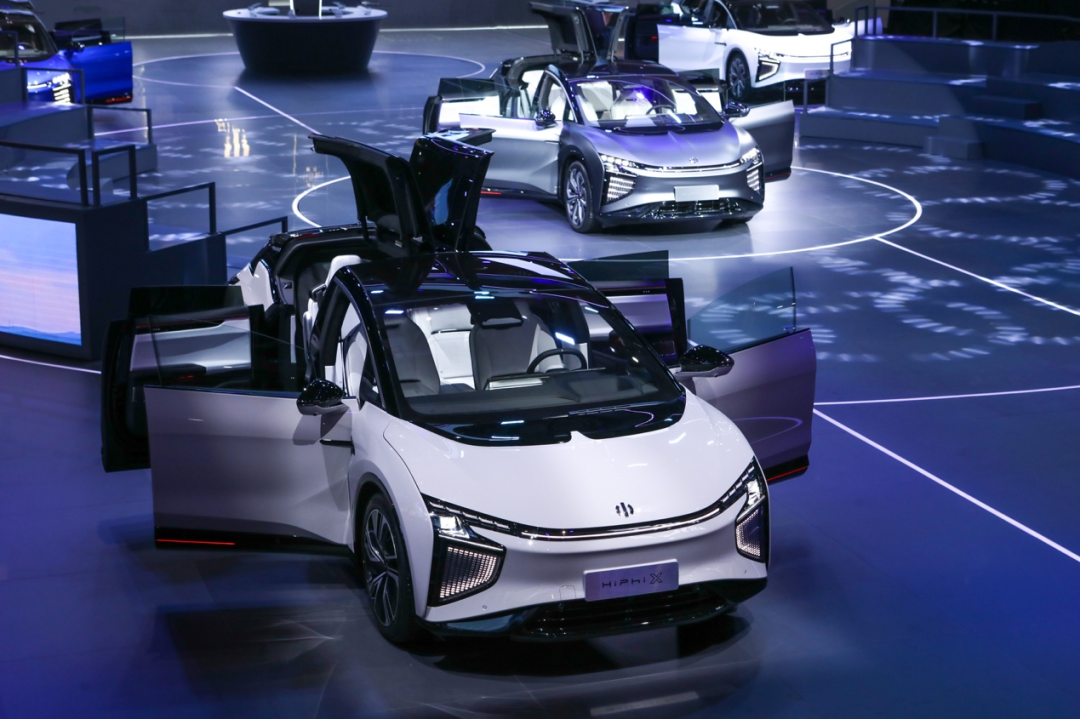
The choice of companionship decides the future
Li often mentions to his friends in the capital market that the logic of capital investment is to find a super business species that fits the changing industry ecosystem. The fundamental reason why this super business species can adapt to the environment is that it can continuously create long-term value for society and benefit consumers.
The essence remains unchanged amidst the changing times. Luxury intelligent electric vehicle companies follow this commercial logic. Only companies that can provide long-term benefits to users can become the super species in the business world of intelligent electric vehicles.
The landing point of user rights is the product. Traditional luxury brand products each have their own advantages. For each enterprise, the flagship products launched at the Shanghai Auto Show represent their new heights in the future. These flagship models have greatly improved in terms of appearance, interior, luxury, comfort, and stability, but still retain many traces of the era of fuel vehicles.# Translation
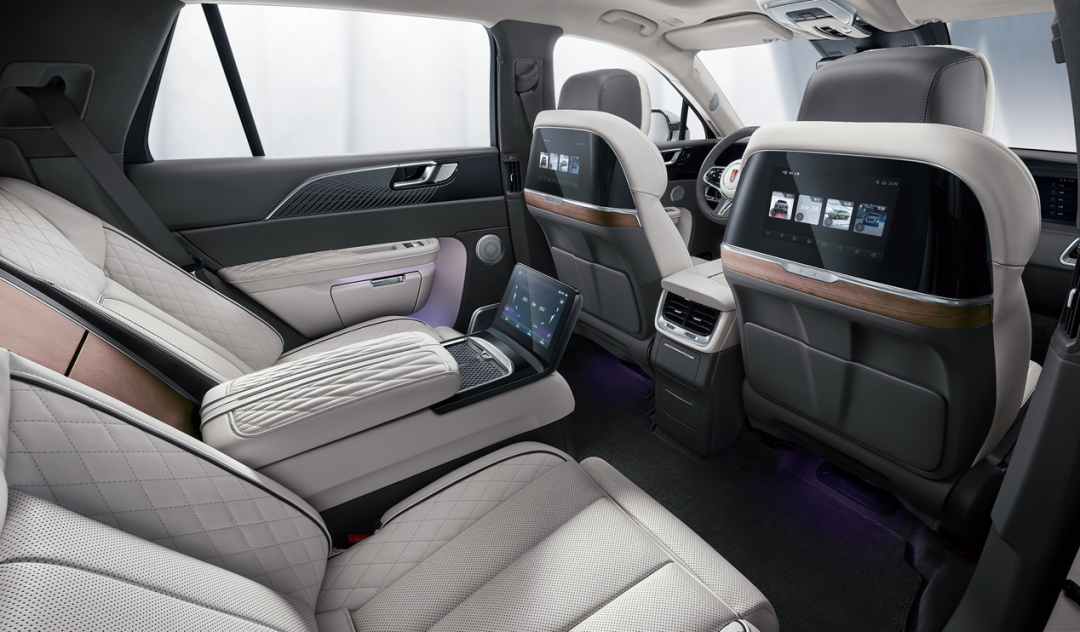
It is not difficult to understand why most traditional luxury car brands, such as BBA, Cadillac, and Hongqi, adopt the concept of traditional fuel-powered cars to define their products. However, using classical product concepts may not bring about revolutionary products. From a business profit perspective, traditional luxury car brands have a mature R&D, procurement, and manufacturing system for fuel-powered cars. By leveraging this system to develop electric vehicles, they can achieve the maximization of benefits.
For consumers, the demand for intelligent electric vehicles is not just an upgrade, but a revolution. What people pursue is the value and imagination that products and services bring to them. Therefore, whoever can provide such products can capture users and form a default product standard for them.
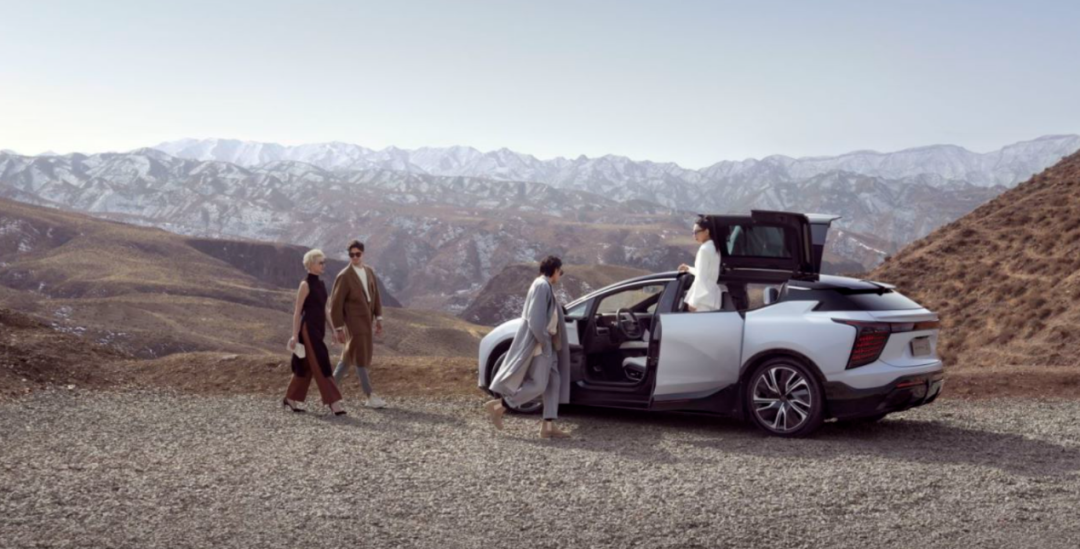
As we often say, a high-rise building rises from level ground, but it is challenging to build a higher building on top of it. The same is true for car companies. The new forces of intelligent electric vehicles have no accumulation of fuel-powered cars, so they have no burdens. They only need to focus on the explicit elements that users care about, such as vehicle performance, technology configuration, and new types of services.
For many users, a luxury intelligent electric vehicle has the following standards:
First of all, the most basic and core demand of users is the cruising range.
Old Li has conducted a great deal of research, and many users have stated that the NEDC cruising range must be at least 600 kilometers to eliminate range anxiety. Currently, only Mercedes-Benz, NIO, and GAC have achieved this number. NIO and GAC also provide battery upgrade services. The battery pack of NIO can be upgraded from 70 kWh to 84 kWh or 100 kWh. Moreover, GAC is more aggressive. The battery pack can even be upgraded to 120 kWh or 160 kWh, with the highest cruising range being up to 1000 kilometers.
No doubt, 1000 kilometers will become the longest cruising range of an electric vehicle, and it is what users hope to see most.
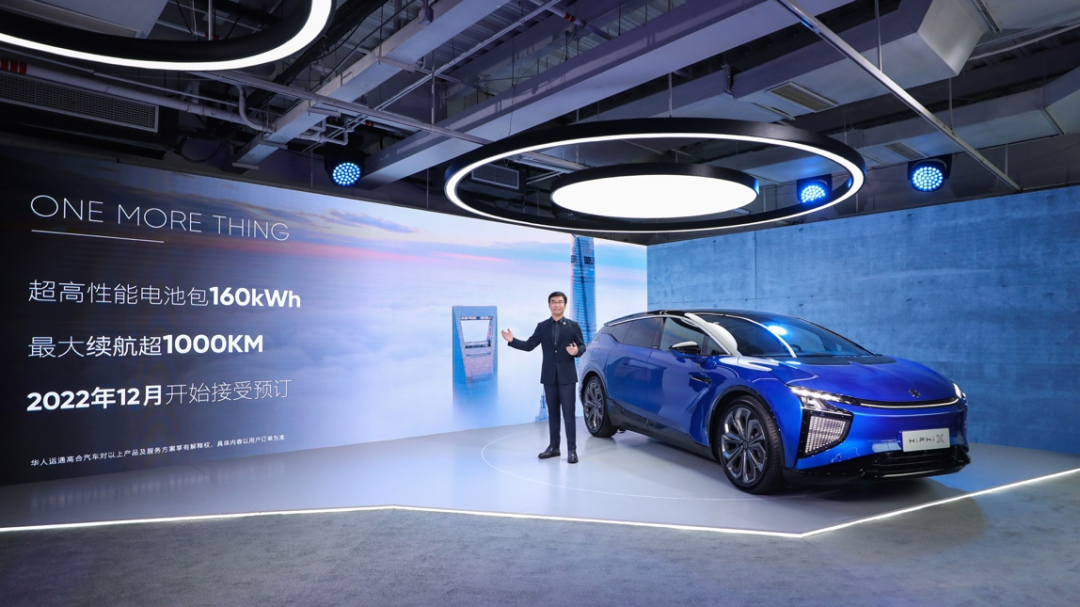
Secondly, technology should not be used just for showing off. It must be truly applied to products.Traditional luxury brands have showcased a lot of black technology and hard technology in their concept cars, while new luxury brands are bolder in their application of technology. They started with Tesla’s Model X Falcon Wing doors and now follow with Gyon’s HiPhi X luxury butterfly doors with NT Top Wings, which are both cool and practical. In addition, various touchless automatic entry methods, such as face recognition, smart keys, and smartphone IDs, have basically become standard features for new brands.
In Li’s opinion, the post-80s and 90s generation are basically high-tech enthusiasts, and new technologies are often rigid needs rather than elastic experiential needs. Only with a deep understanding of Chinese users can companies dare to break the inherent rules of the industry and create new user experiences.
Thirdly, intelligent electric vehicles are not cold machines, but rather warm partners. Many traditional intelligent electric vehicle companies have realized this problem, but few have produced actual results, which is not a problem of regulations, but rather a problem of philosophy. NIO’s NOMI was the earliest product of emotional interaction application, and Gyon also recognized this trend. Its HiPhiGo made some breakthroughs and can provide active personalized emotional companionship that understands warmth and sorrow, and even has the ability to write poetry, create art, and edit videos.
Intelligent electric vehicles have realized the transformation of cars from machinery to artificial intelligence, and from single controls to human-vehicle emotional interaction. This transformation is based on the insights of Chinese luxury brands such as Gyon and NIO into the development trend of the industry and understanding of user needs.
Zhang Ying, from Jingwei China, once mentioned at Billionaire Academy, “In the post-epidemic era, the development potential of companies lies in qualitative change rather than mere quantitative change.” From this perspective, the new forces in the Chinese fast lane are driving the qualitative change of intelligent electric vehicles, surpassing traditional automobile manufacturing thinking, and bringing users a luxury brand experience defined by technology, as well as achieving breakthroughs in price positioning and luxury quality.
Whether it is Mercedes-Benz, BMW, Gyon, or NIO, the development of intelligent electric vehicles for these luxury brands is far longer than we imagined. The new forces have taken the lead in the pace of mass production, and foretell that in the golden race track of the new world, the Chinese automobile industry has caught the express train.
This article is a translation by ChatGPT of a Chinese report from 42HOW. If you have any questions about it, please email bd@42how.com.